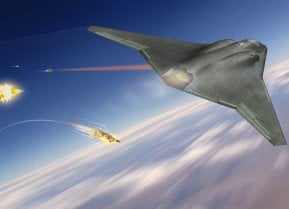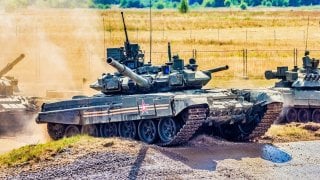Russia's T-72B3M Tank Nightmare Is Just Getting Started
First showcased at the 2014 Tank Biathlon, the T-72B3M continues to be a critical yet problematic asset in Russia's military arsenal, highlighting both advances and persistent vulnerabilities.
Summary: Amid ongoing losses in Ukraine, Russia has ramped up production of upgraded T-72B3M main battle tanks, delivering a batch to a mechanized infantry unit in the Urals.
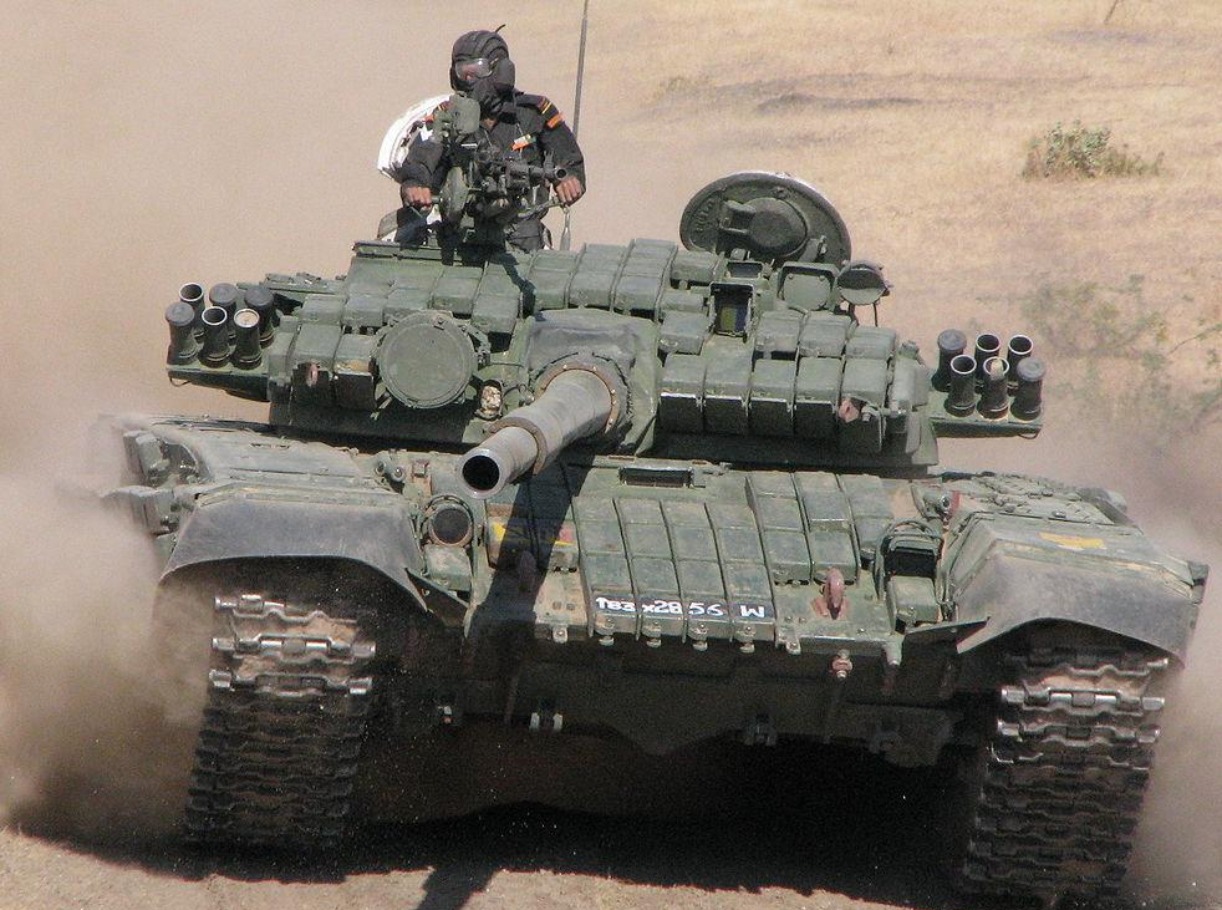
-The T-72B3M, an enhancement of the Cold War-era T-72, features a 1,000-horsepower engine, advanced sight systems, improved armor, and a new 125mm cannon.
-Despite these upgrades, it retains the design flaw of ammunition storage in the turret, risking catastrophic explosions if hit. First showcased at the 2014 Tank Biathlon, the T-72B3M continues to be a critical yet problematic asset in Russia's military arsenal, highlighting both advances and persistent vulnerabilities.
T-72B3M: Russia's Updated Main Battle Tank in the Ukraine Conflict
Russia in the past year has pushed to increase its production of tanks and other armored vehicles to replace its considerable losses in Ukraine. On Monday, Russian state media reported that a motor rifle formation – essentially a mechanized infantry division – has received a batch of 10 upgraded T-72B3M main battle tanks. The unit is based in the Orenburg Region in the Urals. It is unclear whether it will be deployed to the conflict.
Despite developing more modern and advanced main battle tanks, the Kremlin continues to produce armored vehicles developed during the Cold War. The T-72 first entered service five decades ago.
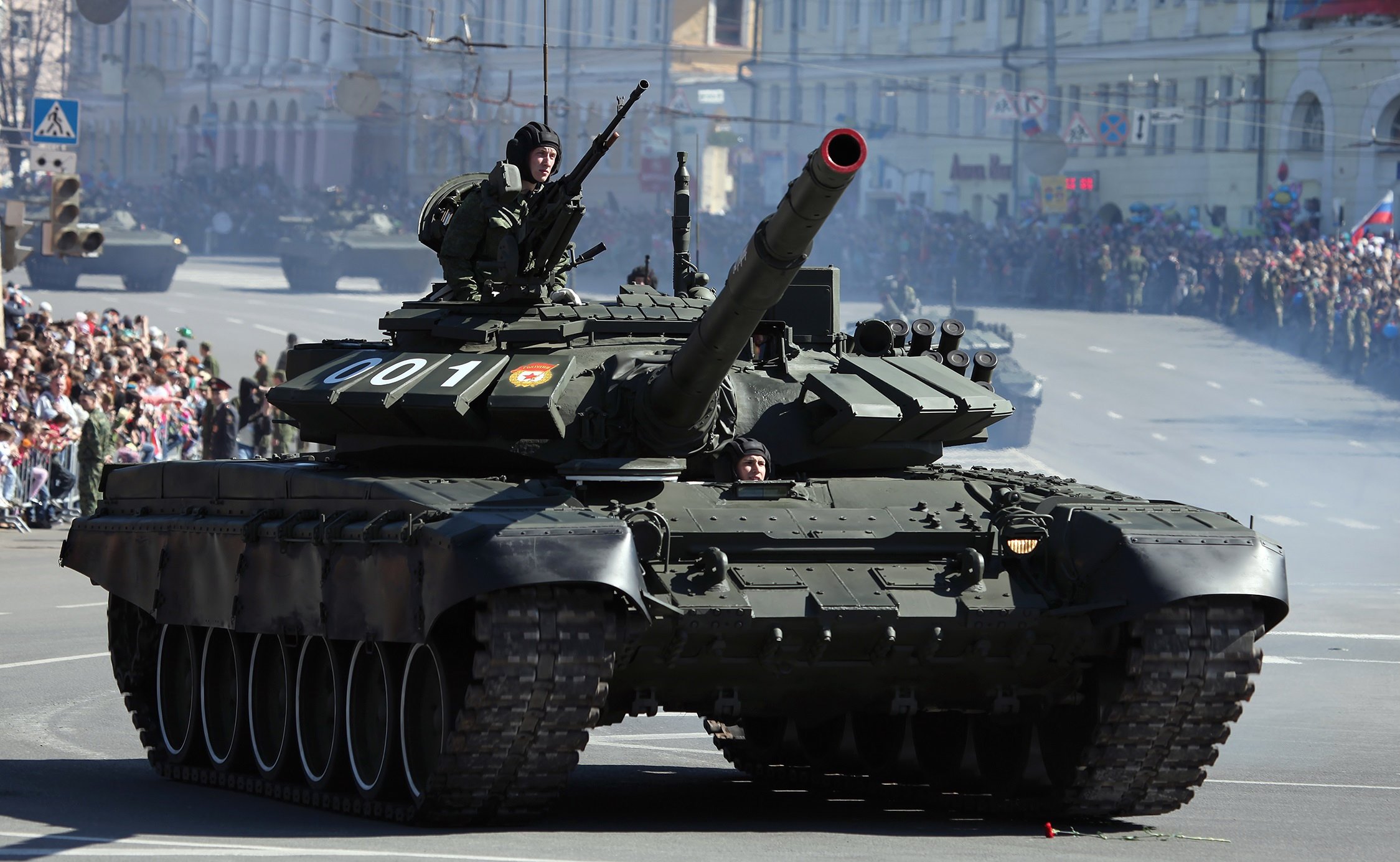
"A batch of upgraded T-72B3M tanks has arrived for the large motor rifle formation of the Central Military District stationed in the Orenburg Region. A batch of more than ten upgraded tanks possessing high firepower, maneuverability and reliable protection will enhance the mobility of motor rifle units and boost the efficiency of accomplishing assigned objectives," the press office of Russia’s Central Military District said in a statement to Tass.
An Improved Cold War Main Battle Tank
The new tanks are an upgraded version of the T-72B developed by Uralvagonzavod Research and Production Corporation. The B variant features an updated sight system with a digital display and a rearview video camera. The tanks are equipped with a 1,000-horsepower V-92S2 high-power engine based on automatic power plant and thermal controls, along with new protection that could enhance the survivability of the crew, even against anti-tank weapons.
According to Russian state media, the T-72B3M models – exhibited for the first time to the public during the 2014 Tank Biathlon World Championship – feature enhanced armor that has been reinforced with Relikt reactive side plates. The tanks also received a new 125mm cannon with enhanced barrel life, an R-168-25U-2 ultra-short wave radio station, new fire-fighting equipment, and a Sosna-U multi-channel gunner sight. The model is fitted with an advanced radio system that can be employed for encrypted digital voice and data transfer, as well as snorkels for deep fording, and a built-in blade for self-entrenching.
The layout of the improved T-72B3M is essentially identical to that of the standard T-72, with the driver's cab position at the forward hull, the fighting compartment in the center, and the power pack at the rear. The tank is manned by a crew of three, including a driver, a commander, and a gunner. The commander and gunner are positioned in the turret.

The MBT is armed with a 2A46M5 125mm smoothbore gun, an advanced version of the cannon fitted to older T-72 models. The main gun can fire a range of ammunition, including Armor-Piercing Discarding Sabot, High-Explosive Fragmentation, and High-Explosive Anti-Tank rounds, as well as 9M119 Refleks guided anti-tank missiles. The projectiles and missiles are loaded by an auto-loader, while up to 40 rounds of ammunition for the main gun are stored in the turret.
Russia's T-72B3M Tank Nightmare Won't Go Away
Despite improved armor and other upgrades, the T-72B3M tanks are noted for having the same major design flaw as the base models – namely the autoloader and ammunition storage. That ordnance in the turret can be set off by an indirect hit to the hull, resulting in a so-called jack-in-the-box effect where the turret is blown off the tank's body.
That flaw has been known for decades – it was first encountered in the 1991 Gulf War. Russia has largely failed to address it, but experts suggest that apart from changing the layout of the tank, there are few options available.
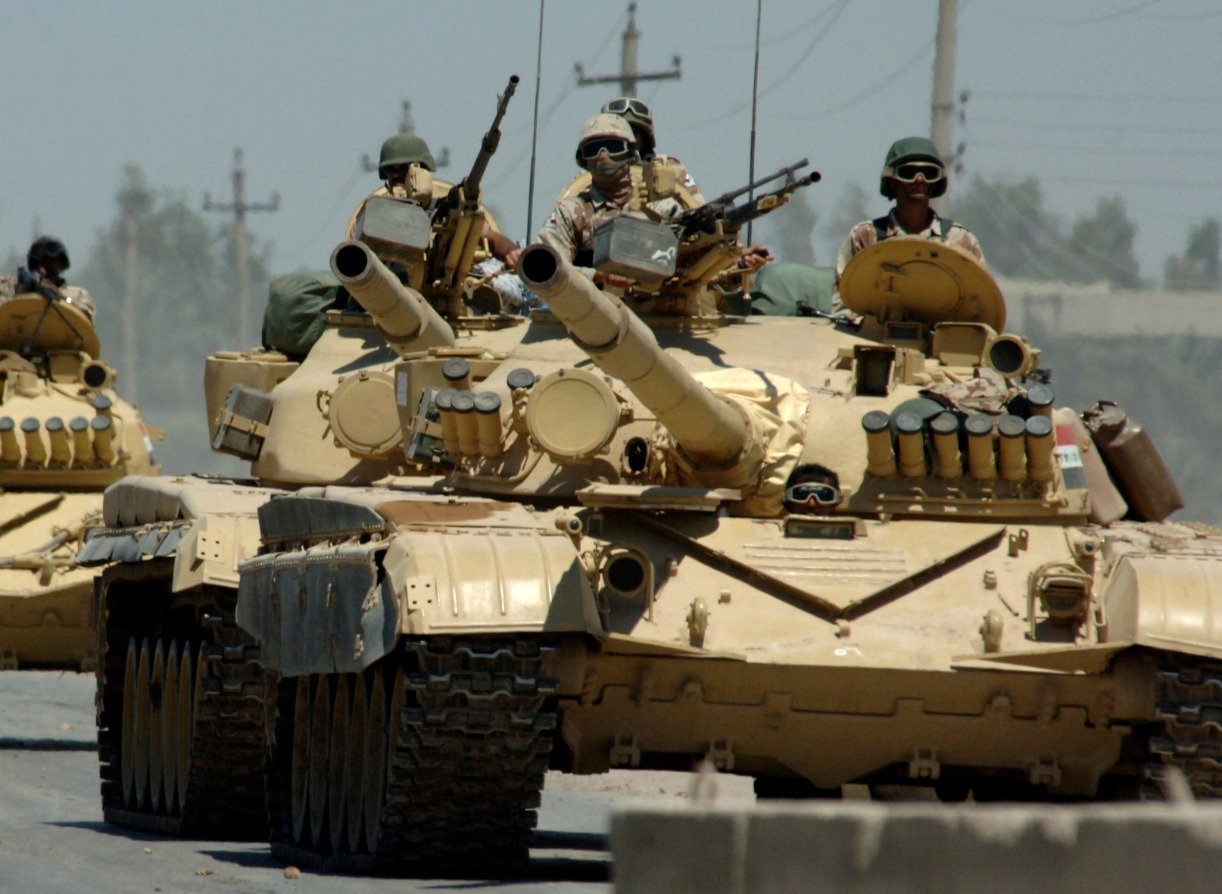
The T-72 was once the most feared MBT in the world, but the war in Ukraine has proven it has significant shortcomings, and that is still likely true with this upgraded model.
Author Experience and Expertise: Peter Suciu
Peter Suciu is a Michigan-based writer. He has contributed to more than four dozen magazines, newspapers, and websites with over 3,200 published pieces over a twenty-year career in journalism. He regularly writes about military hardware, firearms history, cybersecurity, politics, and international affairs. Peter is also a Contributing Writer for Forbes and Clearance Jobs. You can follow him on Twitter: @PeterSuciu. You can email the author: [email protected].
Main image is from Shutterstock. All others are Creative Commons.
